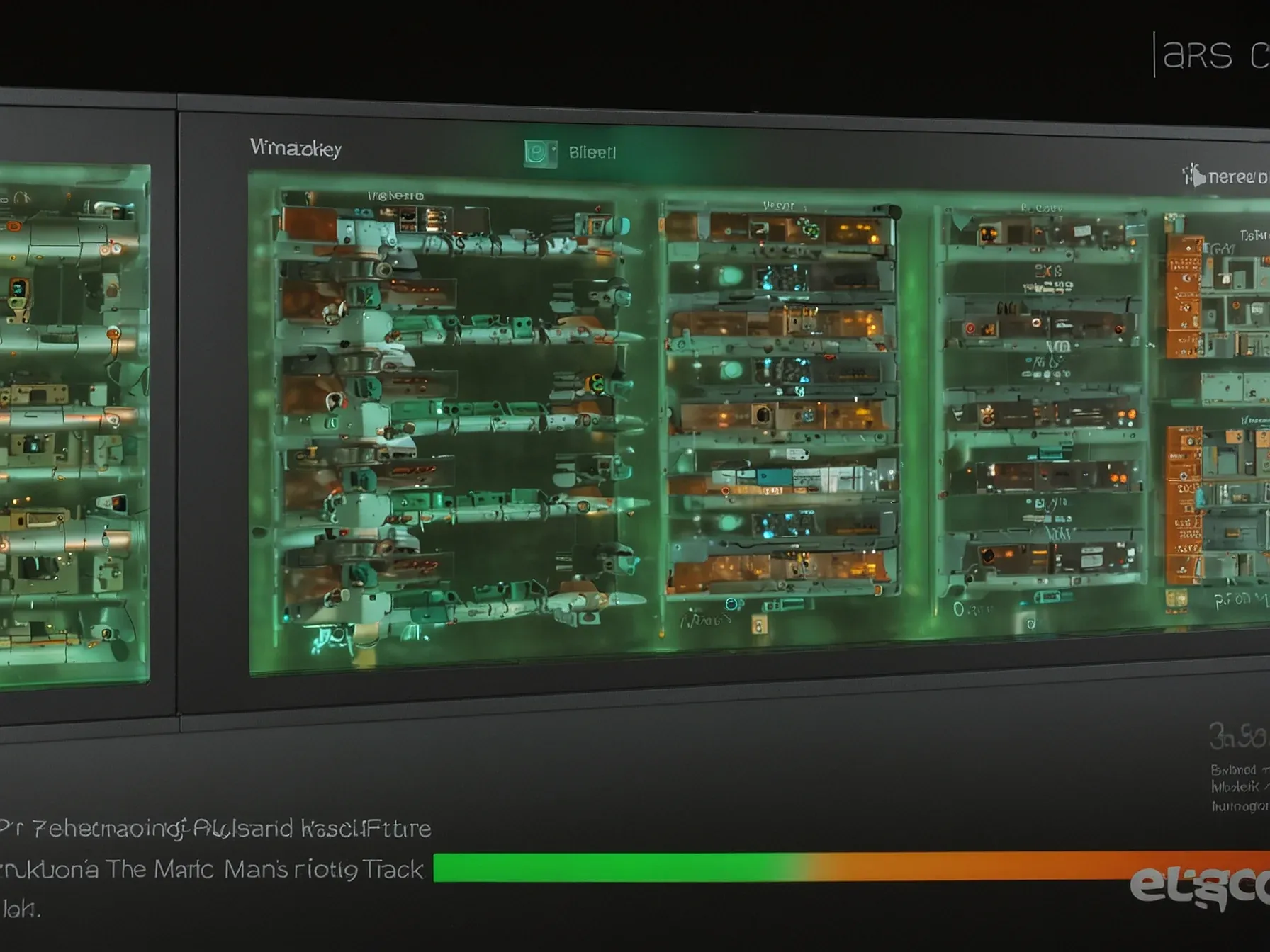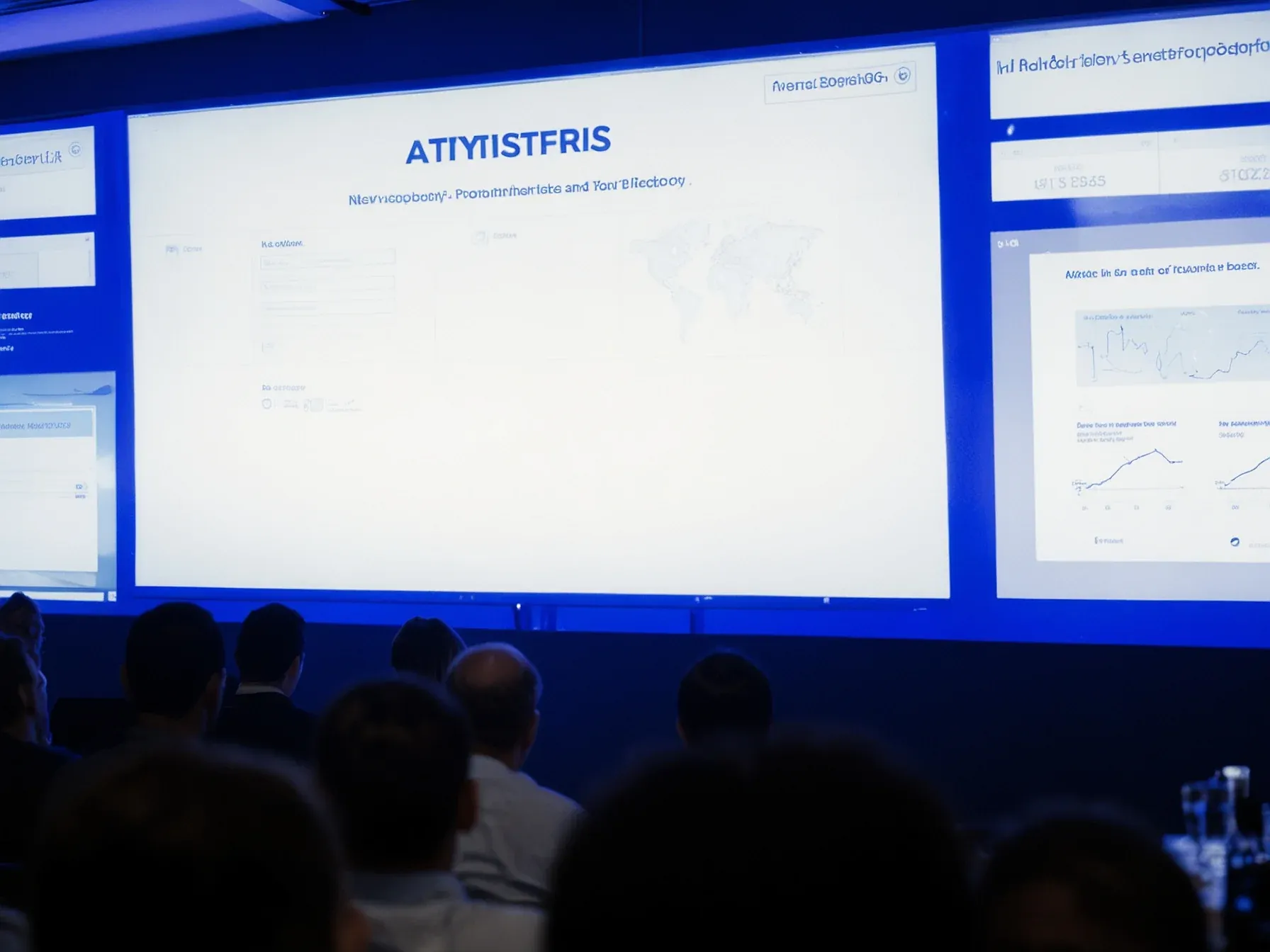
Cisco warns of security risks in aging hardware nearing end‑of‑life for customers
Cisco’s latest bulletin flags a growing concern for enterprises still running legacy gear. While AI workloads are expanding, many customers cling to switches and routers that are edging toward end‑of‑life status, a situation that can leave critical networks exposed. The vendor points out that outdated firmware and unsupported configurations often become prime targets for attackers, especially when the hardware lacks recent security patches.
Here’s the thing: without a clear signal, IT teams may not realize they’re operating on a platform that can no longer receive essential updates. Cisco says it will now surface explicit alerts whenever an administrator attempts to upgrade a device that falls into this risky category. The move aims to cut off the silent drift into insecure territory before a breach occurs.
Ultimately, the company plans to tighten the process even further, pushing operators toward safer, supported alternatives.
The company says that it is launching new warnings for its products that are approaching end of life, so if customers are running known insecure configurations or attempt to add them, they will receive a clear and explicit prompt when they update a device. Eventually, Cisco will go a step further to
The company says that it is launching new warnings for its products that are approaching end of life, so if customers are running known insecure configurations or attempt to add them, they will receive a clear and explicit prompt when they update a device. Eventually, Cisco will go a step further to completely remove historic settings and interoperability options that are no longer considered safe. "Infrastructure globally is aging, and that creates a ton of risk," says Anthony Grieco, Cisco's chief security and trust officer.
"The thing we've got to get across is this aging infrastructure wasn't designed for today's threat environments. And by not updating it, it's fostering opportunities for adversaries." Research conducted for Cisco by the British advisory firm WPI Strategy looked at the prevalence and impact of end-of-life technology in the "critical national infrastructure" of five countries: the United States, United Kingdom, Germany, France, and Japan.
Will the new alerts curb the silent risk of forgotten gear? Cisco’s latest push aims to surface end‑of‑life devices before they become attack vectors, flashing explicit prompts when a user updates a router, switch or storage box. The approach sounds practical, yet it hinges on operators actually heeding those warnings.
Short‑term savings often tempt firms to leave aging hardware humming in closets, and the article notes that legacy configurations can be insecure and unpatched. Generative AI, the piece adds, lowers the bar for attackers seeking exploitable flaws. Cisco’s plan to eventually go a step further remains vague; the summary stops short of detailing what that next phase entails.
Consequently, uncertainty lingers over whether the warnings will translate into timely replacements or merely add another notification to already crowded dashboards. For organizations still running end‑of‑life equipment, the risk profile has undeniably risen, but the effectiveness of Cisco’s warning system is still unclear. Until measurable outcomes emerge, the balance between cost, convenience and security will continue to challenge decision‑makers.
Further Reading
- Product Hunt - AI Tools - Product Hunt
- There's An AI For That - TAAFT
Common Questions Answered
What specific warning will Cisco display when a user updates a router or switch that is approaching end‑of‑life?
Cisco will show a clear and explicit prompt indicating that the device is running known insecure configurations. The warning also informs the user that historic settings and unsafe interoperability options will eventually be removed.
Why does Cisco consider legacy switches and routers to be a heightened security risk?
Legacy switches and routers often run outdated firmware and unsupported configurations that lack recent security patches. This makes them attractive targets for attackers looking to exploit known vulnerabilities.
How does Cisco plan to surface aging hardware before it becomes an attack vector?
Cisco is launching new alerts that flash explicit prompts during device updates, highlighting equipment that is nearing end‑of‑life. These warnings aim to surface vulnerable gear so operators can replace or remediate it promptly.
What trade‑off do enterprises face when deciding whether to keep aging hardware in service?
Enterprises may be tempted by short‑term savings to keep legacy gear humming in closets, but doing so leaves critical networks exposed to insecure, unpatched configurations. The risk of a breach often outweighs the immediate cost benefits.




